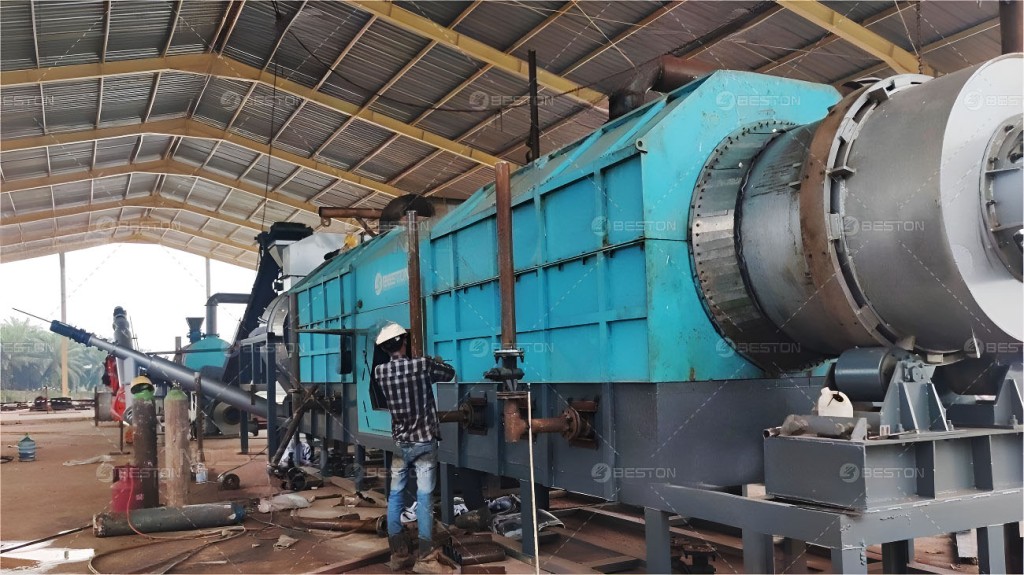Tire Pyrolysis Plant: Revolutionizing Waste Management
Tire pyrolysis plants represent a cutting-edge solution to the global challenge of tire disposal. These innovative facilities utilize advanced technology to convert waste tires into valuable resources, thereby mitigating environmental pollution and promoting sustainable practices.
The Pyrolysis Process
At the core of a tire pyrolysis plant lies the pyrolysis process, which involves subjecting tires to high temperatures in the absence of oxygen. This thermal decomposition leads to the breakdown of tires into three primary components: pyrolysis oil, carbon black, and steel wire.
Pyrolysis Oil
Pyrolysis oil, also known as tire oil or fuel oil, is a valuable product derived from the pyrolysis of tires. It is rich in hydrocarbons and can be used as a fuel source in various industrial processes.
Carbon Black
Carbon black is a fine powder obtained from the pyrolysis of tires. It finds wide-ranging applications in the production of rubber products, plastics, and pigments.
Steel Wire
The steel wire reinforcement present in tires is recovered during the pyrolysis process. It is recycled and used in various industries, including construction and manufacturing.

Environmental Benefits
Tire pyrolysis plants offer significant environmental advantages compared to traditional methods of tire disposal. By diverting tires from landfills and incineration, these plants help reduce greenhouse gas emissions and alleviate pressure on natural resources.
Operational Efficiency
Modern tire pyrolysis plants are equipped with state-of-the-art technology to ensure efficient operation and maximum product yield. Continuous pyrolysis systems, advanced catalysts, and gasification technologies are among the key innovations driving operational efficiency in these facilities.
Regulatory Compliance
Regulatory frameworks play a crucial role in governing the operation of tire pyrolysis plants and ensuring compliance with environmental standards. Strict regulations are in place to manage emissions, waste handling, and worker safety, thereby safeguarding public health and the environment.
Economic Viability
Despite initial investment costs, tire pyrolysis plants offer significant economic benefits through the generation of revenue from the sale of pyrolysis products. The growing demand for recycled rubber and carbon black further contributes to the economic viability of these facilities.
Future Outlook
The future of tire pyrolysis plants looks promising, with ongoing research and development aimed at enhancing process efficiency and product quality. As sustainability becomes a priority for industries worldwide, tire pyrolysis is poised to play a crucial role in waste management and resource conservation.
In conclusion, tire pyrolysis plants represent a transformative approach to waste management, offering environmental, economic, and social benefits. By harnessing the power of technology and innovation, these facilities contribute to a cleaner, greener future for generations to come.



